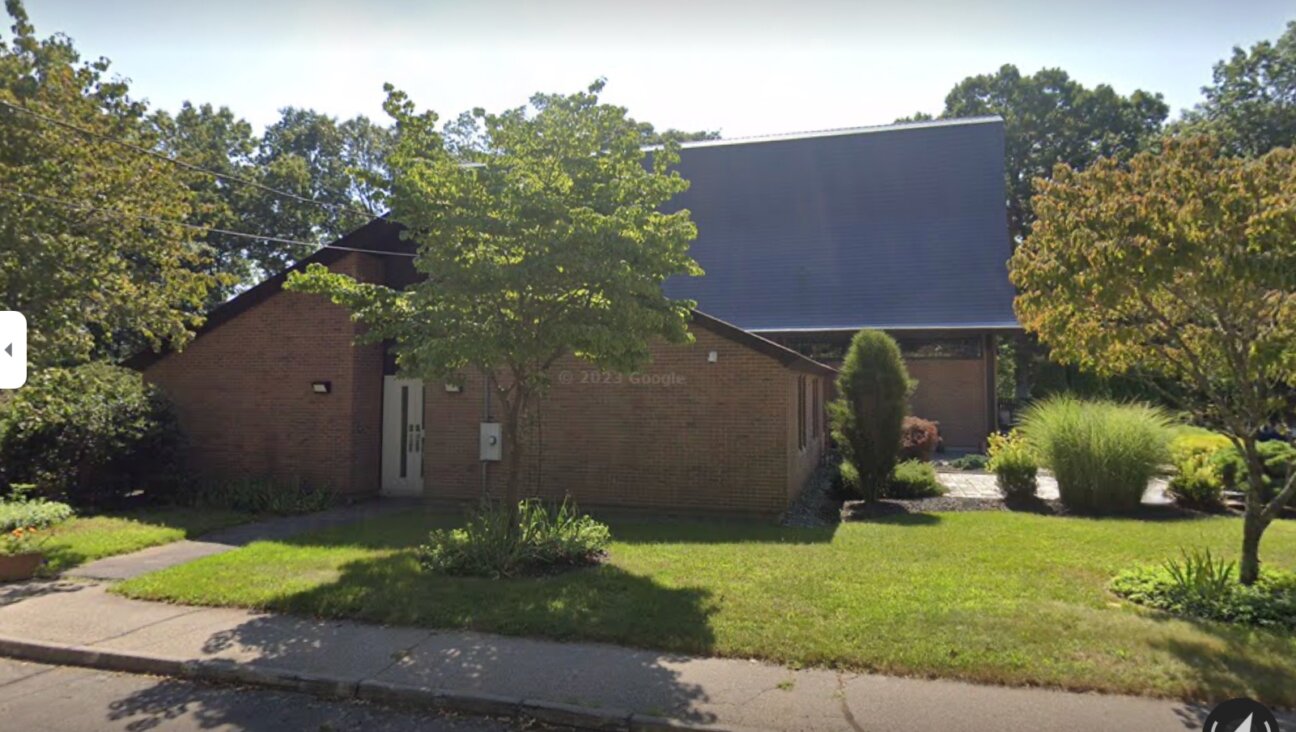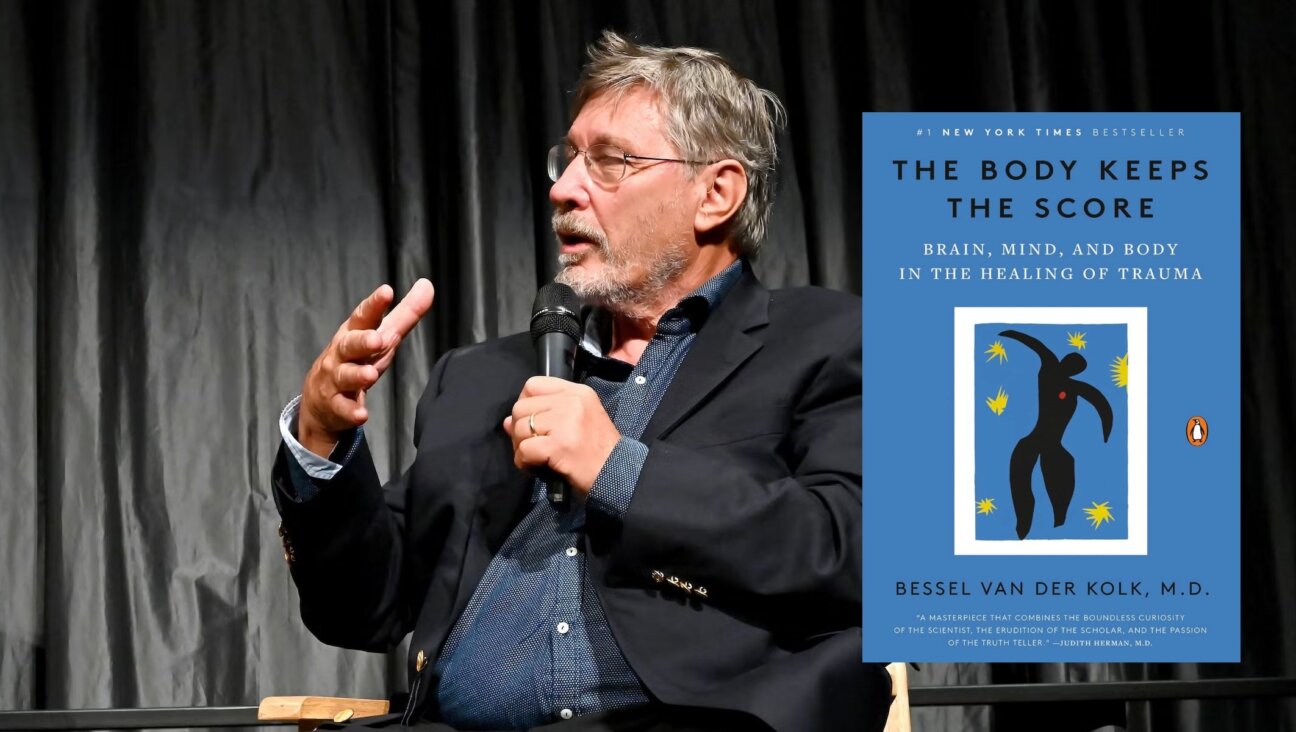Digital Imaging ‘Unwraps’ 1,500-Year-Old Biblical Scroll

Graphic by Angelie Zaslavsky
Israeli archaeologists said on Monday they had discerned biblical writing on a charred 1,500-year-old parchment with the help of digital imaging and described the text as the oldest found since the Dead Sea Scrolls.
U.S. and Israeli researchers made the discovery using advanced medical and digital technology to examine the object, first unearthed 45 years ago when then-standard forensics could not decipher any script on the scroll.
“This is a really big discovery,” Pnina Shor, curator at the Israel Antiquities Authority, told a news conference where the five-centimeter-long (two-inch) cylindrical object was put on display.
“After the Dead Sea Scrolls, this has been the most significant find of an ancient Bible,” said Shor, referring to hundreds of ancient texts found in the late 1940s near the shores of the inland sea for whom the scrolls were named.
Scientists estimate that the Dead Sea Scrolls, widely considered the oldest written biblical fragments ever found, date to between the third century B.C. and 70 A.D.
The scroll presented on Monday was uncovered in 1970 at Ein Gedi, about 40 km (25 miles) south of the caves of Qumran, where the Dead Sea Scrolls were discovered.
Archaeologist Sefi Porat, 75, co-director of the dig, said the scroll dated to around the year 600 and turned up inside the remains of an ancient synagogue, which he chanced upon while exploring ceramic tiles at the beachside site.
At the time it was found, forensics technology then used to analyze ancient finds could not discern any writing on the badly charred scroll, he said. But a few years ago he sought more help from Israeli experts handling the Dead Sea Scrolls.
Merkel Technologies, an Israeli company specializing in high-tech medical equipment, helped in the deciphering by providing micro C-T scanning, Shor said.
These findings were sent to Brent Seales, a computer expert at the University of Kentucky in Lexington. Seales said he used digital imaging software to “virtually unwrap” the scroll and visualize its text, discerning what experts said were the first eight verses of the Bible’s Old Testament book of Leviticus.
Shor said more research was needed to determine the full extent of text on the scroll and what lessons it might hold for biblical scholars. But she said the findings had already turned out to be far more significant than anticipated.
“The discovery absolutely astonished us. We were certain this was a shot in the dark,” Shor said.














